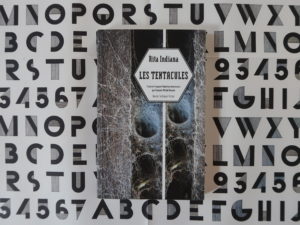


The posthuman subjects of the feminist speculative fiction by Larissa Lai and Rita Indiana are deeply immersed - for better and worse - in the toxic realities they inhabit but importantly, they also explore ways to navigate this entanglement and develop both agency and health within such exposure, salvaging sustainable futures for humanity on a broken planet. In near-future worlds of ecological, socio-economic and viral breakdown, the vulnerable and porous human epidermis becomes a key site for probing the ethics of an ecologically enmeshed concept of human selfhood.

In this article I explore the ethical and embodied conflicts this exposes us to, proposing that the motif of human and posthuman skin in speculative fiction re-assesses the relation between exposure and agency. What does it mean to be human in a world that is both viral and vulnerable? The current pandemic has made clear that we live porous lives in a porous world of bacteria, microbes, viruses, organic bodies, and non-organic matter.


 0 kommentar(er)
0 kommentar(er)
